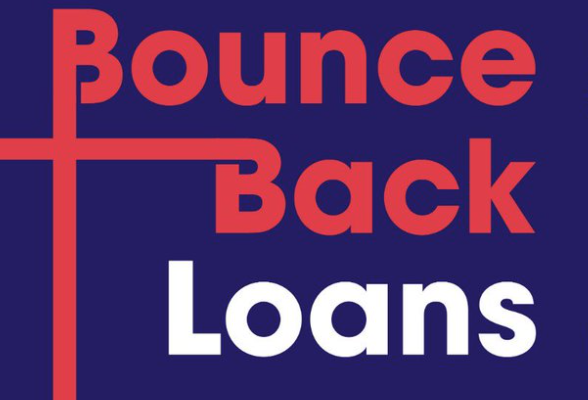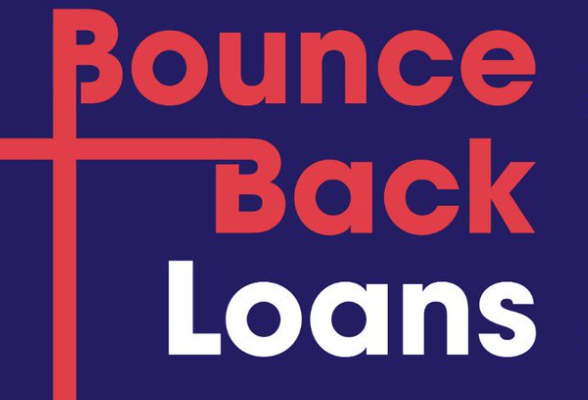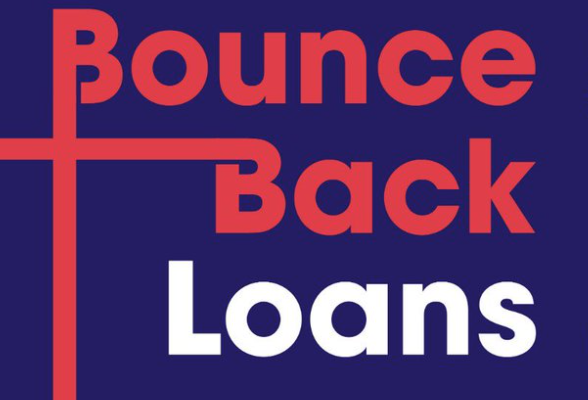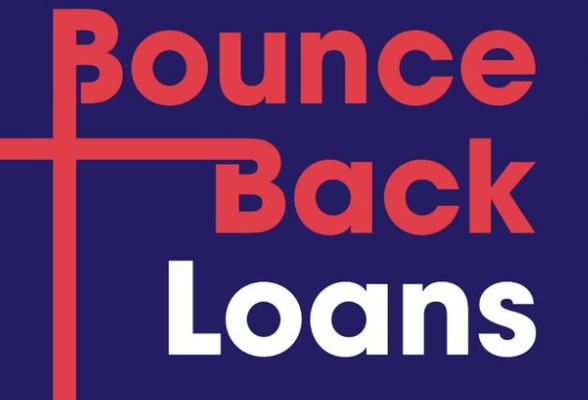
Can I Close or Liquidate my Business if I Have a Bounce Back Loan?
Yes, it is possible to close a company with a bounce back loan through voluntary liquidation (CVL).
Creditors’ voluntary liquidation is the formal process of closing an insolvent limited company with the help of a licensed insolvency practitioner. Closing the company ends all debts, including an outstanding bounce-back loan.
I’ll explain exactly how that works in the following article, aiming to give you as much practical advice as you need.
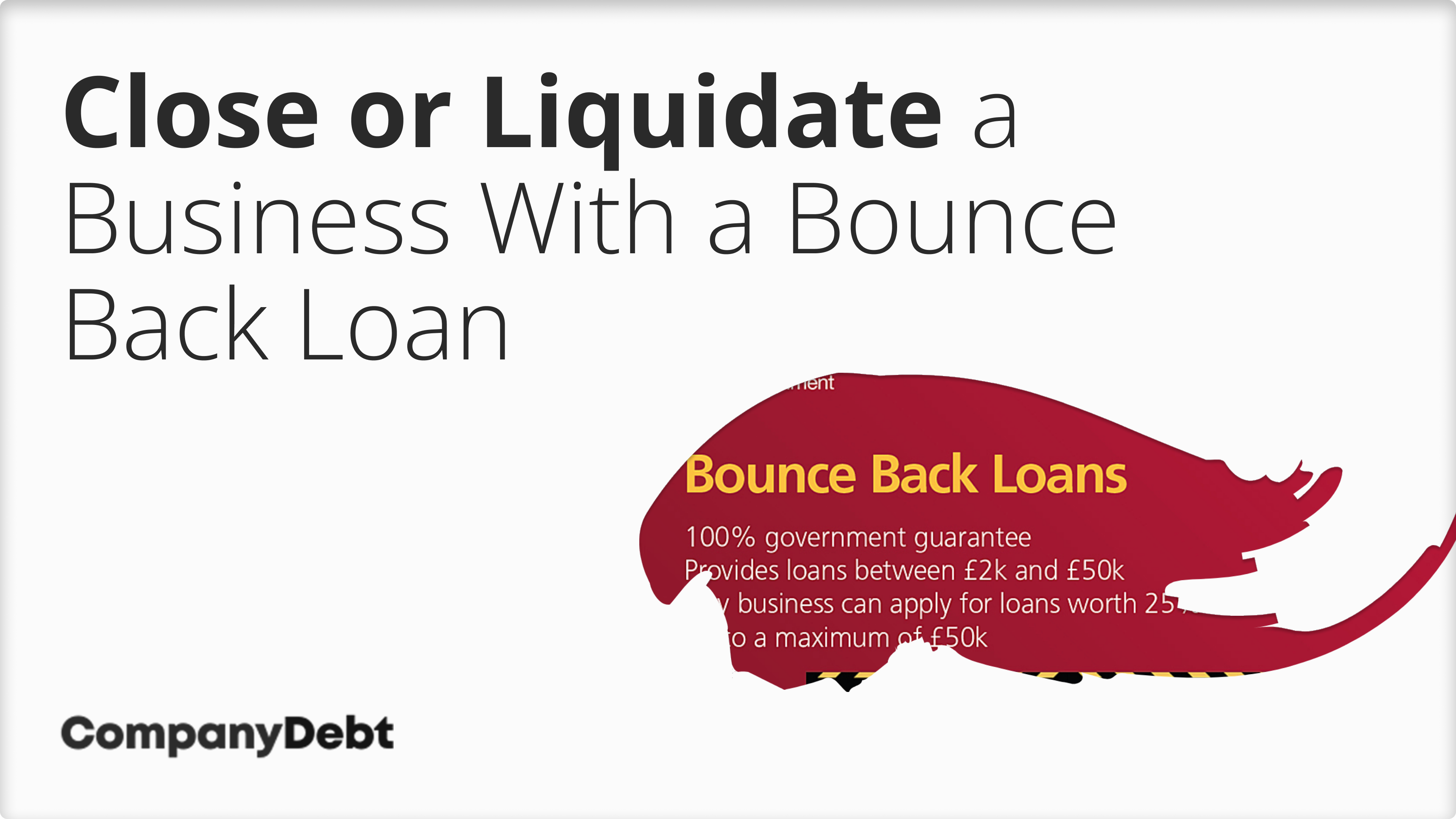
- Can I Liquidate a Limited Company with a Bounce Back Loan?
- How do you Close a Company with an Outstanding Bounce-back loan?
- What Happens to a Bounce Back Loan When a Company is Insolvent?
- What are the Risks of Closing a Company With a Bounce-back Loan via Liquidation?
- Alternative Options to Liquidation for Directors of Companies with BBLs
- FAQs: Closing or Liquidating a Company with a Bounce Back Loan
Can I Liquidate a Limited Company with a Bounce Back Loan?
Yes, even a company with a bounce back loan can be liquidated in the normal manner. BBLs are unsecured debts, which means no personal guarantee documents were insisted upon at the point of signing. This means directors are not personally liable for the loan if the company is liquidated, unless evidence of misuse is discovered[1]Trusted Source – GOV.UK – Fact sheet: Bounce Back loans (Misconduct).
>>Read our full article on What to do if You Can’t Pay a Bounce Back Loan
How do you Close a Company with an Outstanding Bounce-back loan?
If your company has an outstanding Bounce Back Loan and you wish to close it down, you can do so by entering a Creditors’ Voluntary Liquidation (CVL). A CVL allows you to liquidate your company, treat the Bounce Back Loan as an unsecured debt, and eradicate the debt upon completion of the process.
Here’s a simple, step-by-step guide:
Contact a Licensed Insolvency Practitioner (IP) to Initiate the Liquidation Process
It’s essential to seek the advice of an insolvency practitioner (IP), such as ourselves, before closing a business with debt. You cannot legally close the company yourself; an IP will ensure fair play to all parties involved.
Hold a Directors’ Meeting to Discuss Closing the Company
Arrange a meeting with your fellow directors to discuss the company’s financial situation and decide on pursuing a CVL to liquidate and close the business. The IP can be present to provide advice and answer questions.
Call a Shareholders’ Meeting to Approve the Liquidation and Closure
If the directors decide to proceed with the CVL, a shareholders’ meeting will be called to pass a special resolution for the company’s voluntary winding up and to appoint the IP as the liquidator, setting the stage for closing the company.
Cooperate with the Liquidator
Once appointed, the liquidator will take control of the company, realize its assets, and distribute the proceeds to creditors according to the statutory order of priority. The unpaid Bounce Back Loan will be dealt with as part of this process, leading to the eventual closure of the company.
Await the Completion of the Investigation and Formal Closure of the Company
The liquidator will investigate the company’s affairs and submit a report to the Insolvency Service. Once the liquidation process is complete, the company will be formally dissolved and cease to exist, marking its official closure.
What Happens to a Bounce Back Loan When a Company is Insolvent?
When a limited company with a Bounce Back Loan becomes insolvent and is liquidated, the loan is likely to be written off as part of the liquidation process.
The licensed insolvency practitioner appointed as the liquidator will realize the company’s assets and distribute the proceeds to creditors, including the Bounce Back Loan lender, according to the statutory order of priority. Any outstanding balance on the Bounce Back Loan after the liquidation process is complete will be written off.
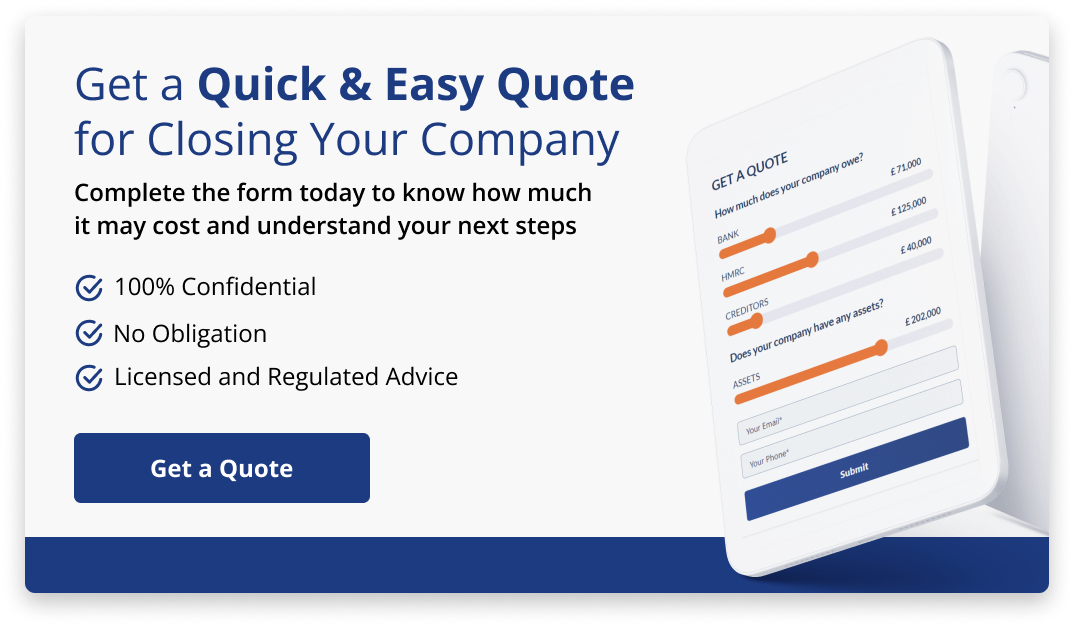
What are the Risks of Closing a Company With a Bounce-back Loan via Liquidation?
There are three main risks to directors personally when closing a company with a BBL, as follows:
- You personally guaranteed other debts of the business, i.e. borrowings other than the bounce-back loan. If the company is insolvent, the lender who benefits from the personal guarantee may seek to enforce it. » MORE See our full article on Directors Personal Guarantees in Insolvency
- In the period leading up to insolvency, you acted in a way inconsistent with your legal duties, such as trading while insolvent, transactions at an undervalue or some form of financial misfeasance. During any insolvency, insolvency practitioners have a duty to investigate and report any apparent misuse of bounce back loans to the Insolvency Service[2]Trusted Source – GOV.UK – Reporting Misuse of Bounce Back Loans.
- You clearly used the bounce-back loan monies for your own benefit rather than the company’s or misrepresented or fraudulently obtained the bounce-back loan.
Ironically, not closing your company, even though it is insolvent, because you fear the consequences of wrongly using the bounce-back loan may create other problems for you. So, getting good, experienced advice is important as soon as possible. Please do get in contact with us.
Alternative Options to Liquidation for Directors of Companies with BBLs
As a director of a struggling company with a Bounce Back Loan, you have a few options to consider beyond immediately proceeding to liquidation:
Attempt to Trade Out of Insolvency
Implement a turnaround plan to return the company to profitability so you can continue trading and repay the BBL. Requires careful cash flow management and professional advice.
Seek Compromise with Creditors
Negotiate extended repayment terms or reduced balances with creditors, including the BBL lender. Allows breathing room to recover.
Go into Administration
Appoint an administrator to try and sell the viable parts of the business/assets while repaying some creditors. BBL would likely get minimal repayment.
Company Voluntary Arrangement (CVA)
Come to a binding repayment agreement with creditors through a CVA. Could involve discounted repayment of BBL.
These options aim to avoid liquidation and the associated consequences. However, success is not guaranteed. Professional advice is vital when deciding the best path forward for your company.

We offer honest, transparent and no obligation advice for UK directors, usually within a few minutes. Click into the live chat, free phone 0800 074 6757 or email info@companydebt.com
We’ve helped 1000’s of directors through challenging financial circumstances.
FAQs: Closing or Liquidating a Company with a Bounce Back Loan
What Happens to Directors During the Liquidation of a Company with an Unpaid Bounce Back Loan?
Directors could potentially be held liable if they are found to have acted irresponsibly or fraudulently, especially if the loan funds were used for non-business-related purposes.
Can I Transfer an Unpaid Bounce Back Loan to Another Company During Liquidation?
Generally, transferring a Bounce Back Loan to another company is not allowed without explicit consent from the lender. Violating this term may result in legal implications.
What Documentation is Required to Close a Company with an Unpaid Bounce Back Loan?
You’ll likely need financial statements, loan agreements, and a list of creditors, among other documents. These will be reviewed during the liquidation process, usually by an insolvency practitioner.
Will I be held personally liable for the Bounce Back Loan if I close my company?
In most cases, directors will not be held personally liable for the Bounce Back Loan when they close their company through a CVL. However, if the liquidator finds evidence of wrongdoing, such as fraudulent behaviour or director misconduct, they may pursue personal liability claims against the directors.
How long does it take to close a company with a Bounce Back Loan through liquidation?
The time it takes to close a company with a Bounce Back Loan through liquidation can vary depending on the complexity of the case. On average, the process can take between 6 to 12 months from the appointment of the liquidator to the final closure of the company.
The primary sources for this article are listed below, including the relevant laws and Acts which provide their legal basis.
You can learn more about our standards for producing accurate, unbiased content in our editorial policy here.
- Trusted Source – GOV.UK – Fact sheet: Bounce Back loans (Misconduct)
- Trusted Source – GOV.UK – Reporting Misuse of Bounce Back Loans
All of our insolvency content is written licensed insolvency practitioners. The primary sources are listed below. Learn more about the standards we follow in our editorial guidelines here.
- Insolvency Practitioners are suggested to report potential cases of Bounce Back Fraud here: https://www.tax.service.gov.uk/shortforms/form/TEH_IRF?_ga=2.131819727.192362486.1597067537-679006552.1591708728
- Insolvency Service takes action against businesses abusing COVID-19 financial support – https://www.gov.uk/government/news/insolvency-service-takes-action-against-businesses-abusing-covid-19-financial-support






